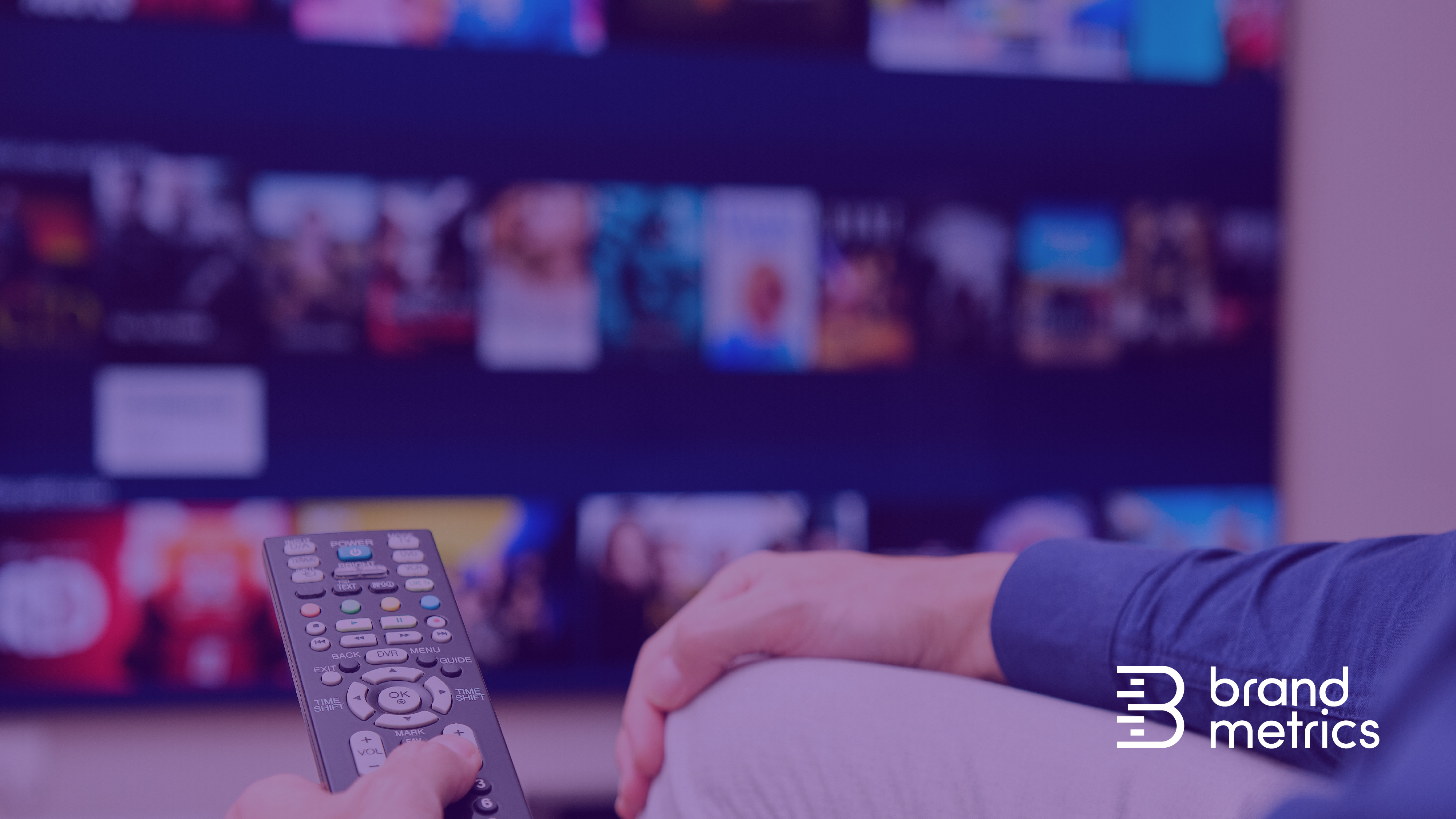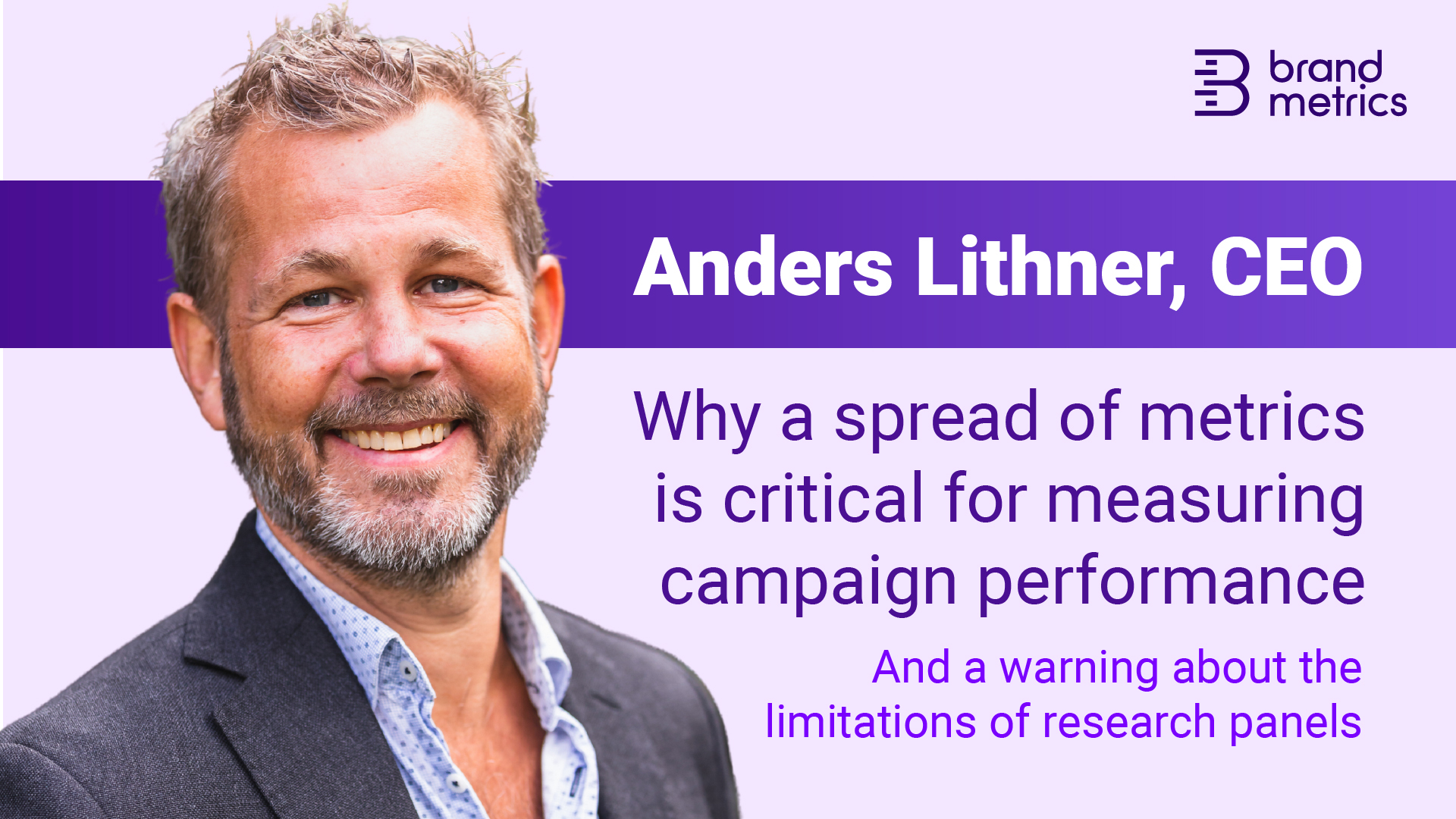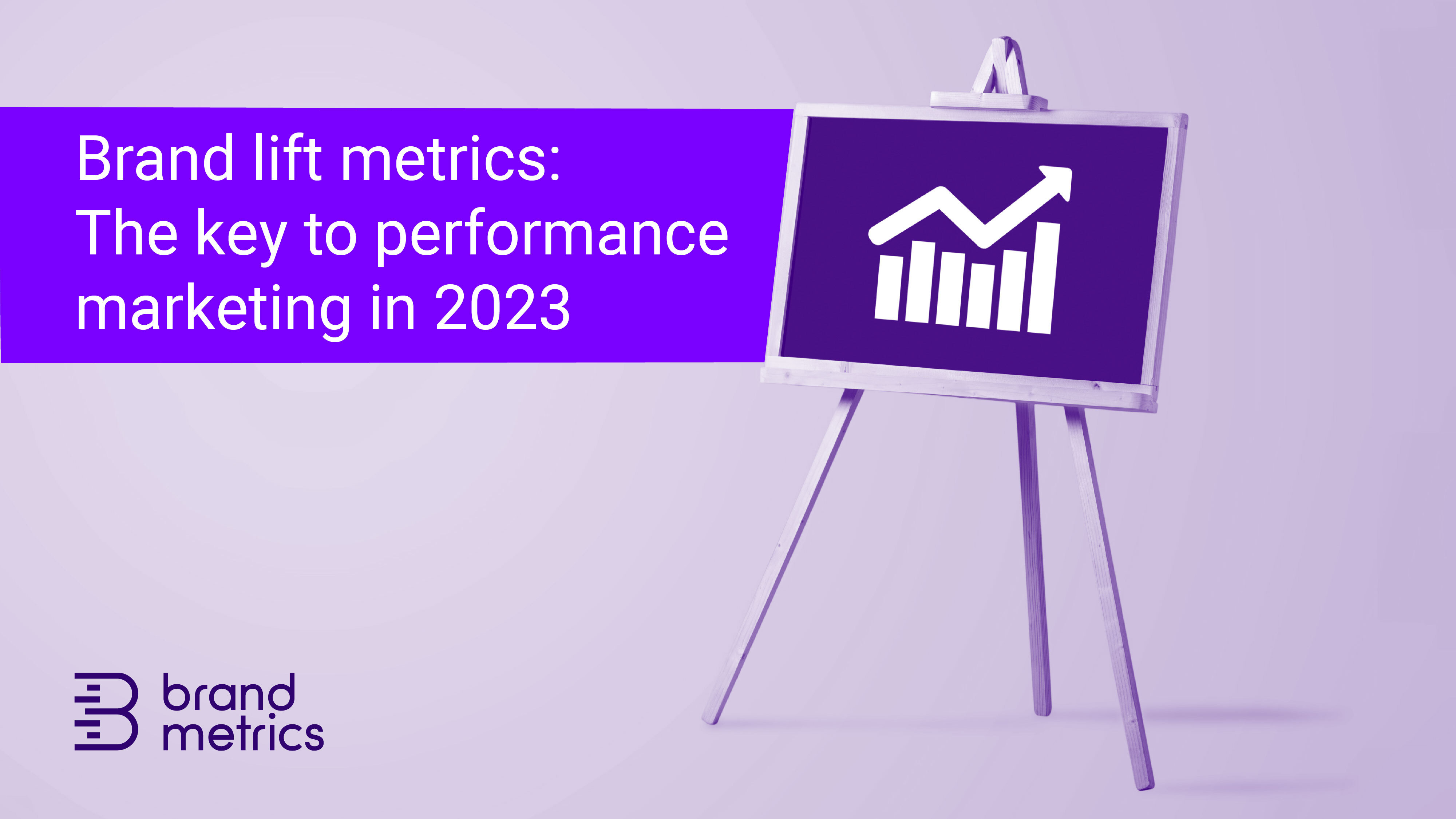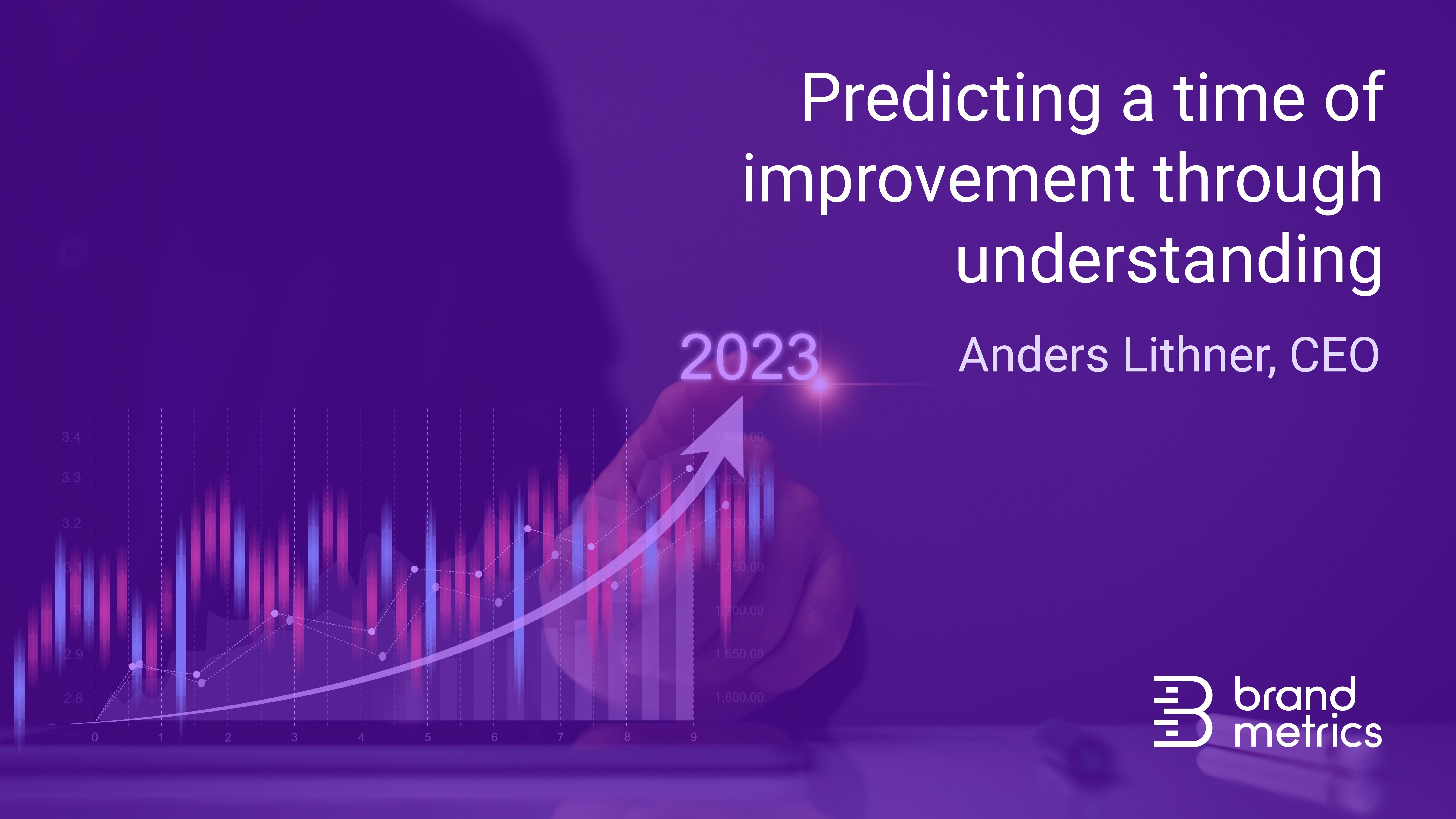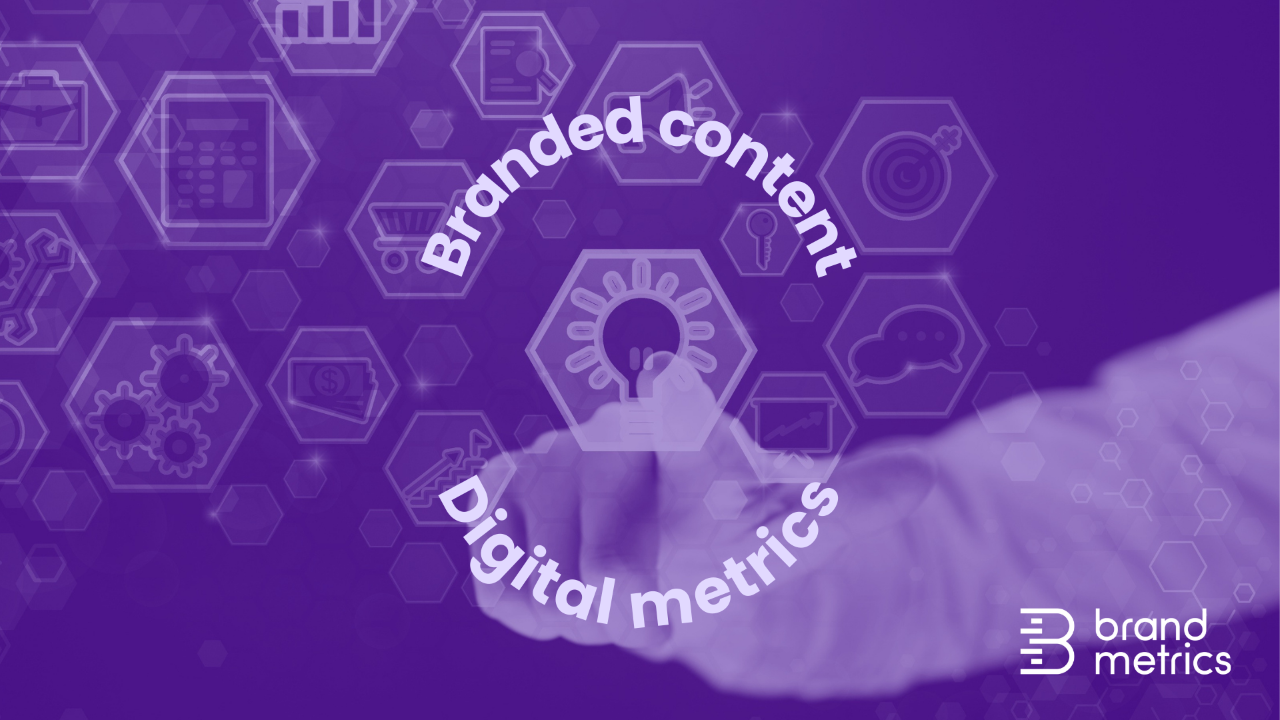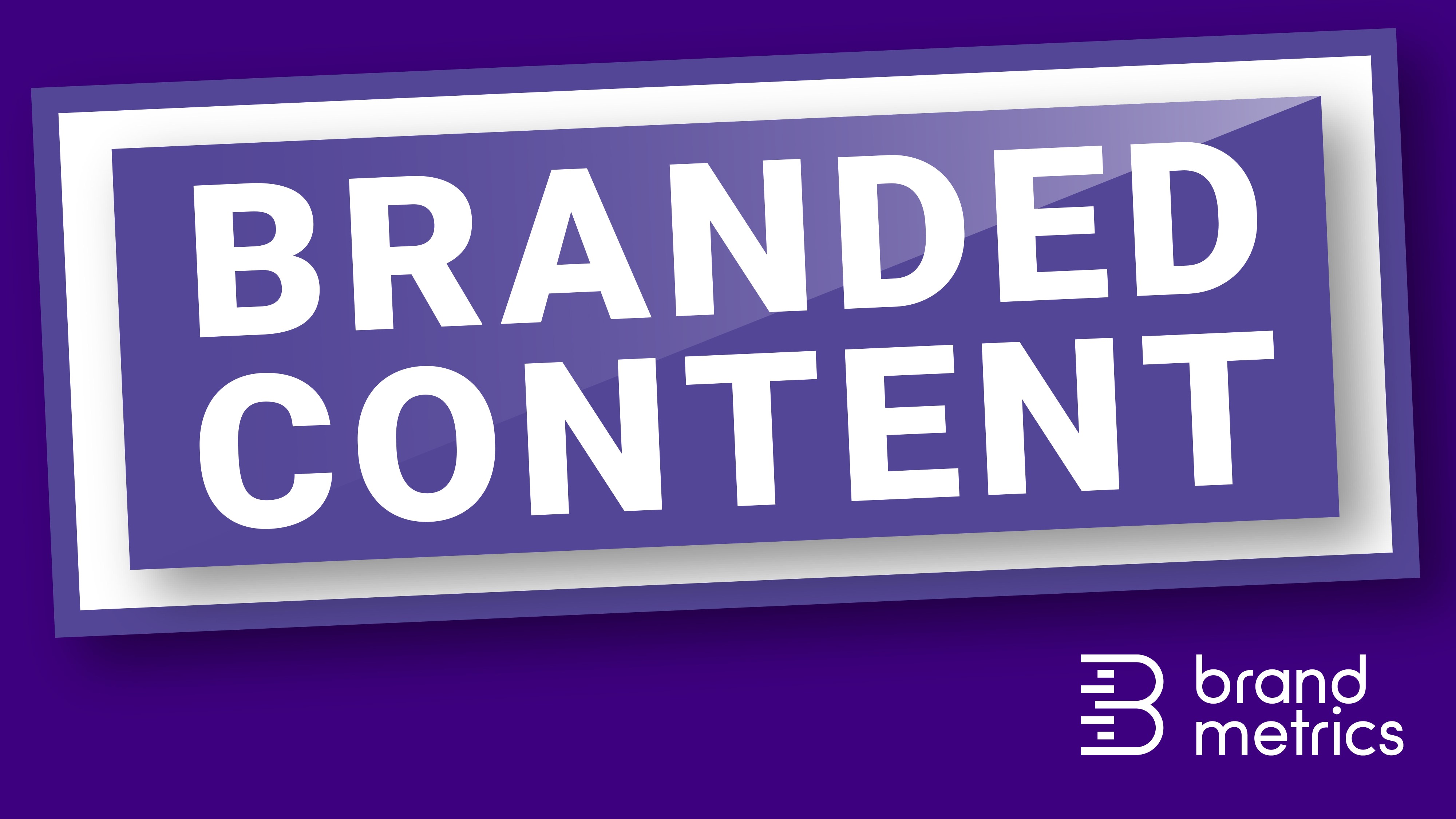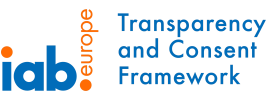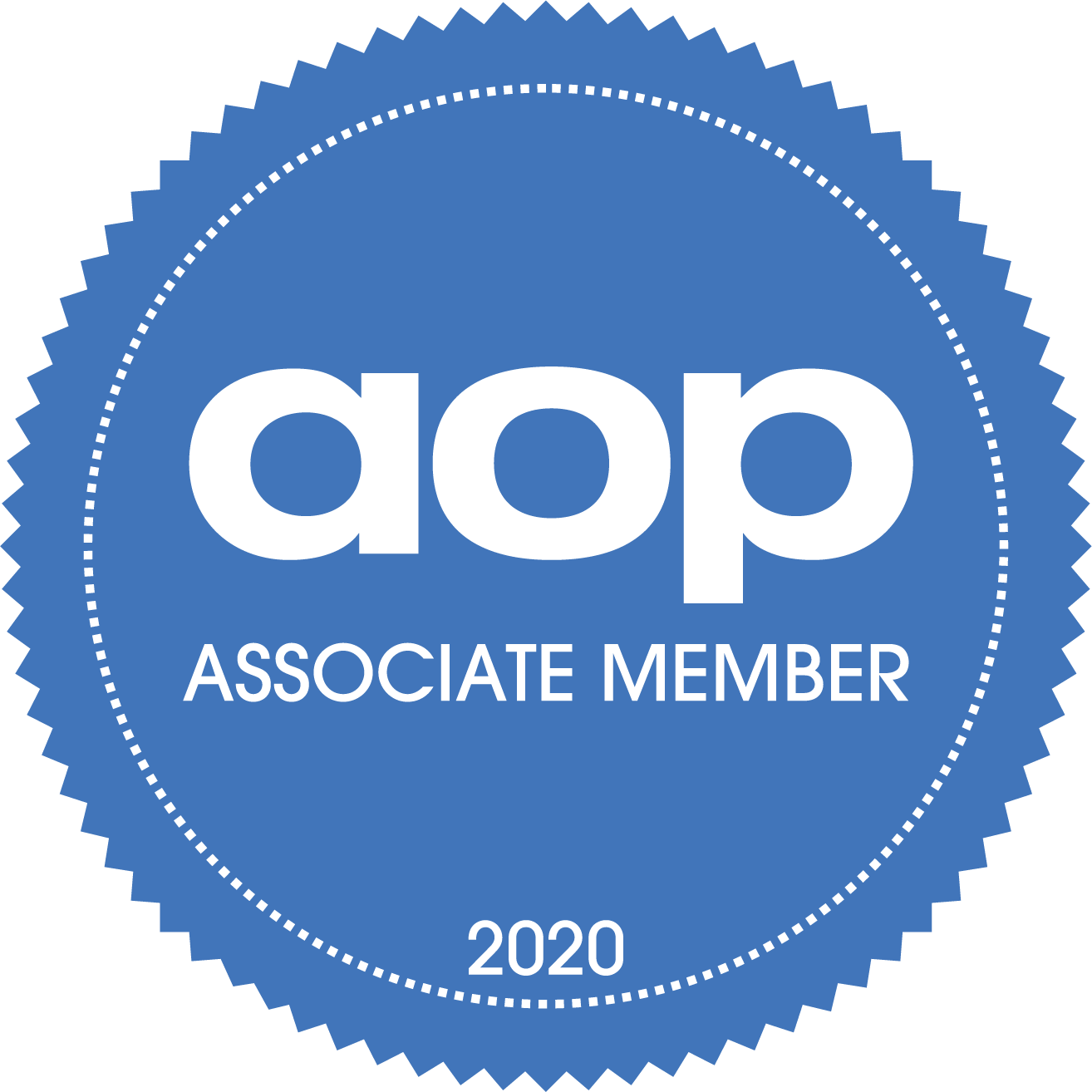How the Ozone Project Uses Brand Metrics to Reinforce the Value of its Platform

Bryan Scott is Marketing Communications Director at The Ozone Project, the leading high attention digital publishing platform, reaching more than 99 per cent of the UK population
Its members are some of the leading publishers in the UK – News UK, the Telegraph, the Guardian, Reach, The Stylist Group, DC Thompson, ESI, Bauer Media and Time Out. And its aim is to offer the easiest possible access to premium environments for advertisers, with a single user view, fuelled by its stakeholders’ first-party customer data. For the latest in our #brandliftlessons interview series, we ask how the Ozone Project is using brand lift measurement to drive revenue, plus the role brand measurement has to play in proving the value of trusted, premium news. The interview took place in late November of last year.
What has been your approach to campaign measurement in the past, and how has that evolved?
The metrics we use for campaign measurement evolved in accordance with the needs of advertisers and agencies.
Admittedly, there is still a tension in digital between focusing on short-term impact and longer-term branding effects. And there’s a longstanding argument that what premium environments can deliver in terms of ad impact has long suffered a disservice from short-term digital metrics.
What I will say is that, if you only use metrics that treat every impression on the web as created equal, you don’t necessarily get the most out of quality contexts.
What revenue growth can you directly link to offering brand lift measurement to advertisers?
What Brand Metrics does is to help us reinforce the value of our platform.
In other words, how we are delivering real results for brands, not just ad tech metrics like CTR. It means being more specific and smarter in how we explain success. For example, driving impact from different points along the marketing funnel.
This also connects with a big part of the narrative that came out of Newsworks and GroupM’s Value of Quality research – which is as strong an argument as any we’ve seen for premium in the digital space.
We are of course still briefed on non-branding metrics all of the time, whether that be viewability, reach or viewthrough rates (VTRs) on video. And those are the ones we will be primarily judged upon.
But more and more, we also want to reinforce what we offer – so we can explain both the short and long-term. Also, to remind clients of the fact that premium is different from rest of web. IAB research proves this in fact, showing quality sites generate at least three times more attention for advertising than task-based sites.
So, it’s about maximising the opportunity for advertisers – brand lift allows us to measure and put into words the powerful impact our environments can deliver for our customers, in addition to the measures they have in place elsewhere.
What role do you think brand measurement has to play in proving the value of trusted, premium news?
We’ve known for some time the power of premium environments is based on reader attention and engagement.
And in Brand Metrics’ own measuring, our average brand lift last year was around 21% higher than the platform benchmark. This really confirms what we’ve known for some time, but allows for an evidence-based conversation about it with our customers – even if these results are an addition to their primary measures.
The big thing driving conversations around programmatic this year has been the ISBA/PwC Programmatic Supply Chain Transparency report. Not for the first time admittedly, it has highlighted that visibility and transparency in parts of the digital ecosystem are still areas of concern and the headlines certainly made advertisers sit up and question if their money was going where they expected it to.
It’s amazing in some ways that is still a problem in 2020 – it’s one that’s been around since the days when the ad network was still at its height. But on the other hand, it only strengthens the argument and the need to work closer with trusted, quality publishers.
There have been some great research studies to reinforce the ‘power of premium’ in creating real business effects. Alongside those, Brand Metrics’ measurements provide something more immediate and specific to complement and support the same argument.

